Special Reports are longer, often more technical, documents consisting of entire articles, government statements, and other documents relevant to security and peace in Northeast Asia.
OVERCOMING US-DPRK HOSTILITY: The Missing Link between a Northeast Asian Comprehensive Security Settlement and Ending the Korean War
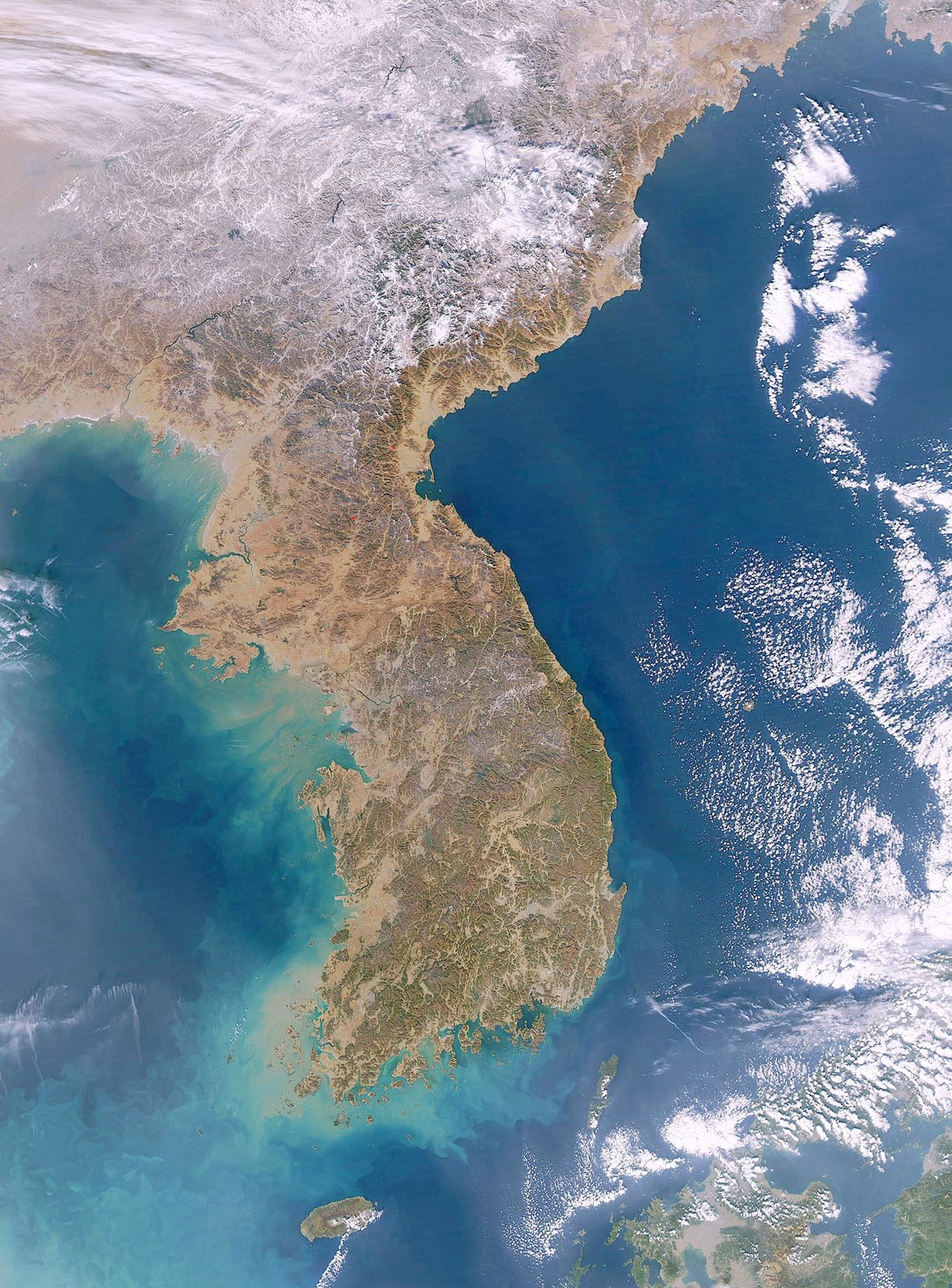
Peter Hayes[1] Nautilus Institute NAPSNet Special Report, December 21, 2014 Originally presented at Research C…
Go to the articleKim Jong Un’s Nuclear Doctrine and Strategy: What Everyone Needs to Know

Alexandre Y. Mansourov, Ph.D. Senior Associate of Nautilus Institute North Korea has a small operational nucle…
Go to the articleJapan’s Radical Energy Technocrats: Structural Reform Through Smart Communities, the Feed-in Tariff and Japanese-Style “Stadtwerke”

Japan’s Radical Energy Technocrats: Structural Reform Through Smart Communities, the Feed-in Tariff and Japane…
Go to the articleNuclear Warfighting to Defeat a DPRK Attack: Unnecessary, Disproportionate, Incredible, and Self-Defeating
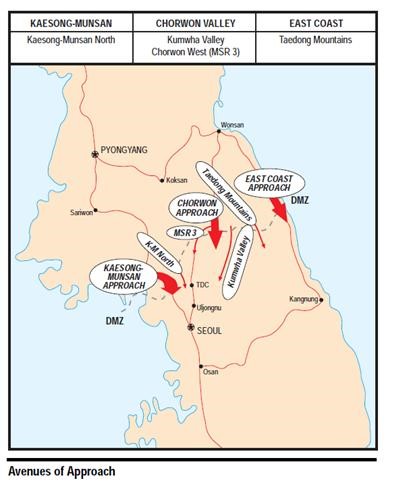
Peter Hayes Nautilus Institute Forthcoming NAPSNet Special Report November 2014 In 1978, Bryan Jack and a team of analysts at Pan Heuristics asked how nuclear weapons might be used to blunt a North Korean all-out attack on the South?[i] Their analysis (which posited South Korean nuclear weapons, but the results are identical if American nuclear […]
Go to the articleEnergy Security Concepts for Sustainable Development in Northeast Asia
David F. von Hippel 18 March 2014 Nautilus Institute This paper was prepared with support from the Hanyang University Energy Security and Governance (EGS) Center as EGS Working Paper Number 2014-06, available as http://www.egskorea.org/common/download.asp?downfile=Working_Paper_2014_60.pdf&path=board The Center for Energy Governance & Security was started in 2012 with a major grant from the Korean Ministry of Education. Located at Hanyang […]
Go to the articleSpent Nuclear Fuel Management in China

by Xuegang Liu Division of Nuclear Chemistry and Engineering The Institute of Nuclear and New Energy Technology Tsinghua University, Beijing, China 5 August 2014 I. INTRODUCTION With a population exceeding 1.3 billion and high economic growth averaging ~8% since the early 1980s, China’s demand for energy has increased dramatically. As of 2013, China is the world’s second […]
Go to the articleUpdate on ROK Energy Sector and Energy Policies

by Woo Jin Chung Korea Energy Economics Institute, Republic of Korea 22 July 2014 I. ABSTRACT This paper presents the status of energy supply and demand in the Republic of Korea (ROK), as well as a description of current and recent policies related to the future of the Korean energy sector. The paper outlines the past […]
Go to the articleUpdate: Potential for Deep Borehole Disposal of Nuclear Wastes in ROK
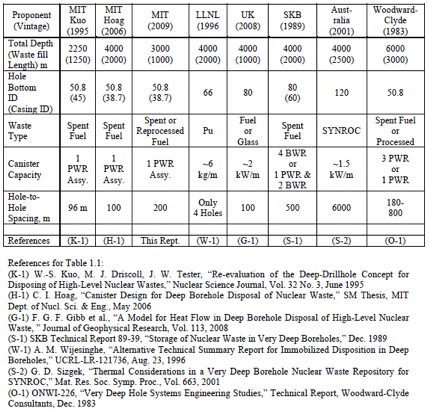
by Jungmin Kang Exploration of the Potential for Deep Borehole Disposal of Nuclear Wastes in South Korea: An Update[1] 1 July 2014 Visiting Professor, KAIST I. executive summary Since the Republic of Korea’s first nuclear power reactor was placed into operation in 1978, twenty three reactors have been placed into operation, with a total capacity of 20.7 gigawatts […]
Go to the articleStrategies for the Rehabilitation of the DPRK Energy Sector
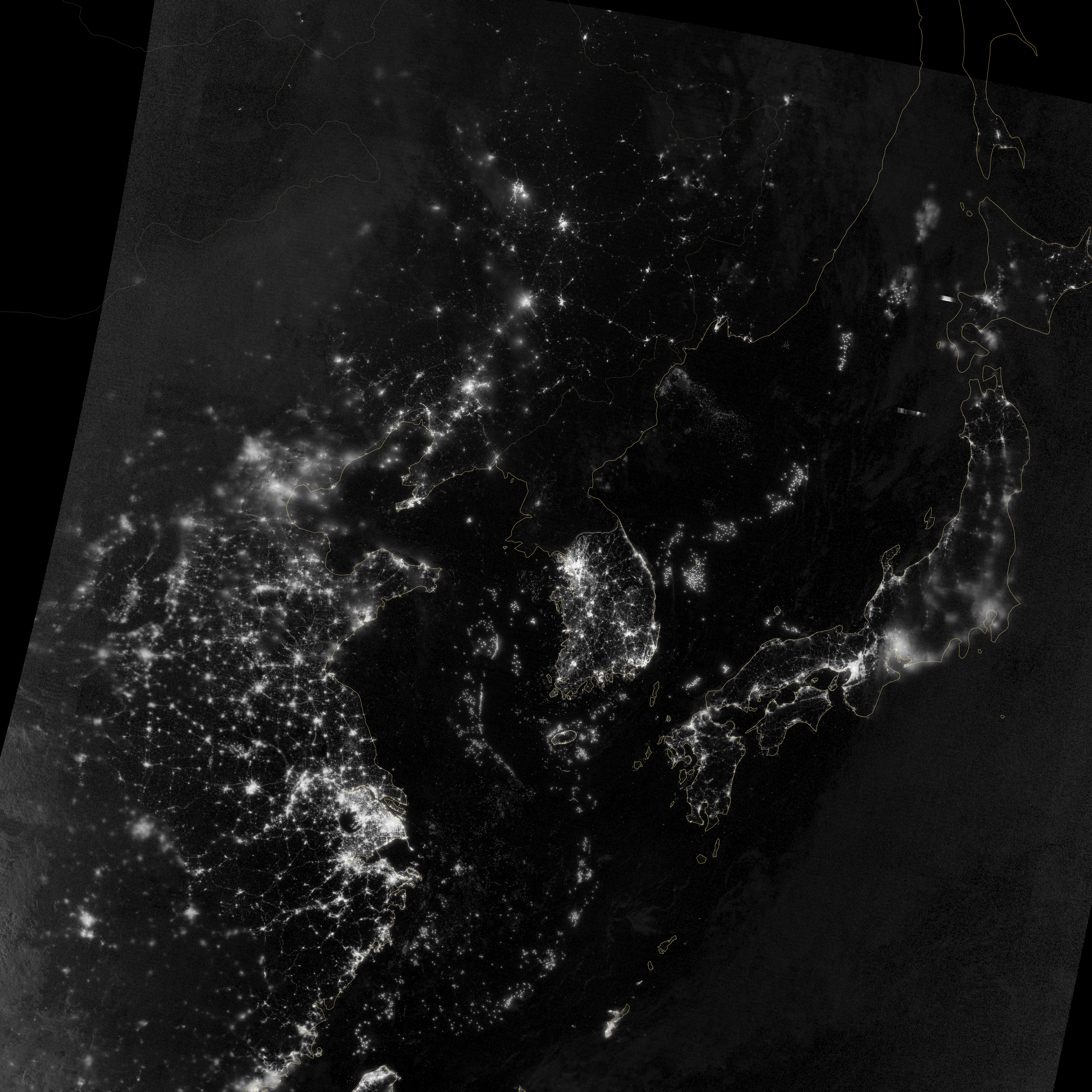
by David F. von Hippel and Peter Hayes The Nautilus Institute for Security and Sustainability 24 June 2014 Prepared for the International Seminar on Political Prospects of Korean Peninsula and Strategies for North-South Korean Energy Cooperation on 7-8 November 2013, Yeoncheon, Republic of Korea. I. INTRODUCTION During the decade of the 1990s, and continuing into the second […]
Go to the articleThe ROK’s Nuclear Energy Development and Spent Fuel Management Plans
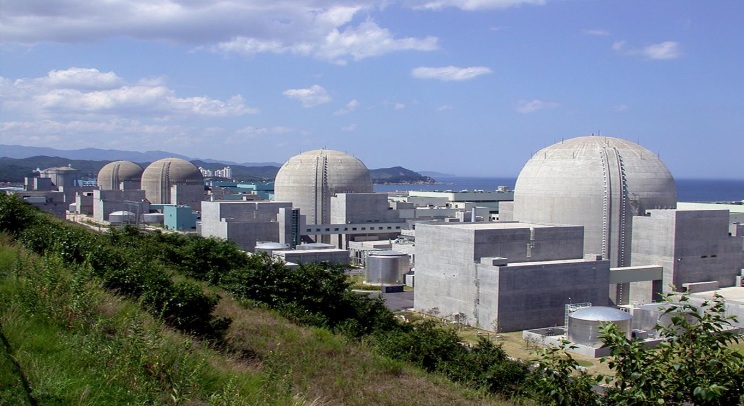
by Jungmin Kang 10 July 2014 Originally published 5 March 2014 for Korea Advanced Institute of Science and Technology, Daejeon, Republic of Korea. I. Status of and Prospects for Nuclear Power in the Republic of Korea One of the most rapidly growing developed countries in the world today, South Korea (the Republic of Korea, or ROK) has been increasingly relying on […]
Go to the article
